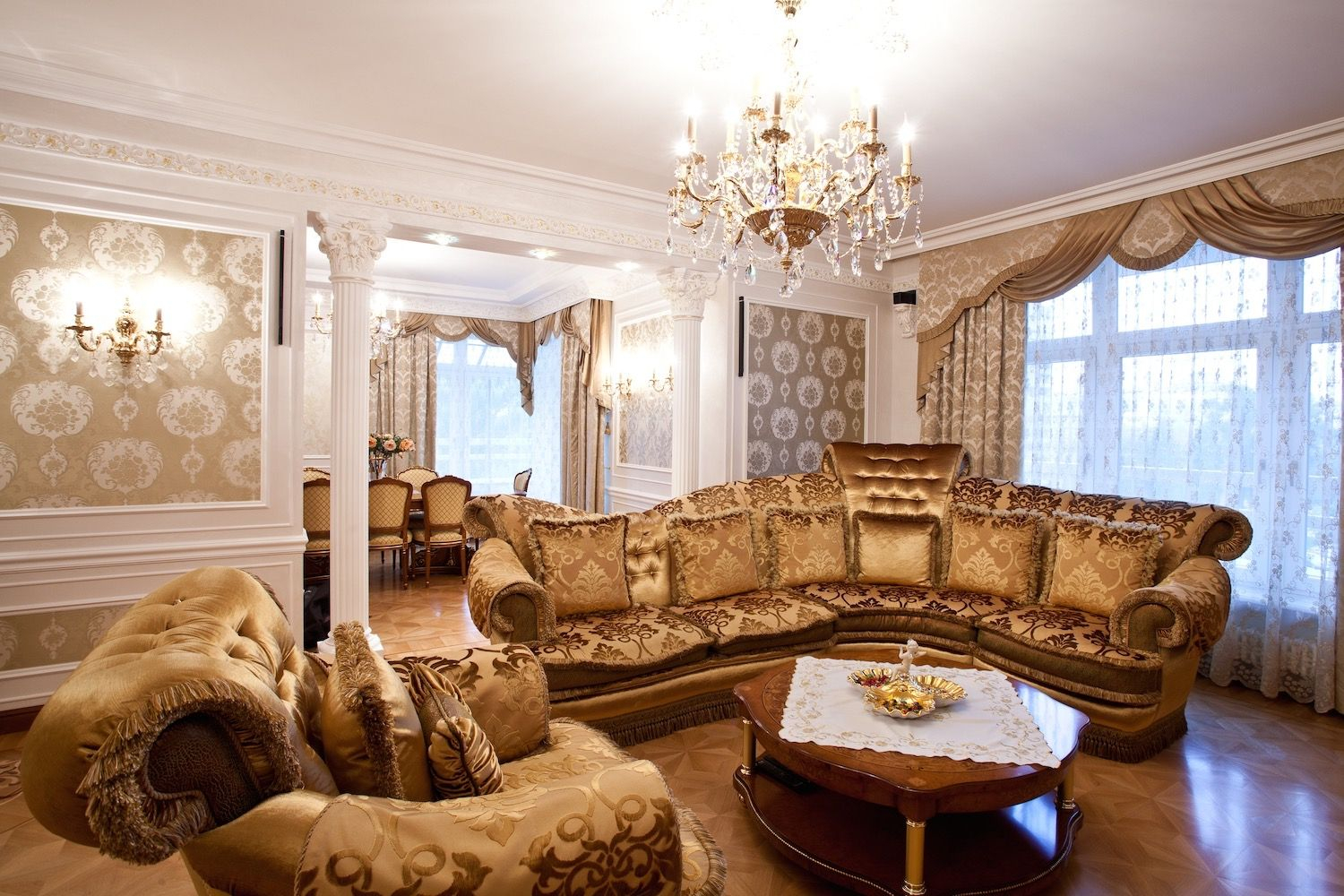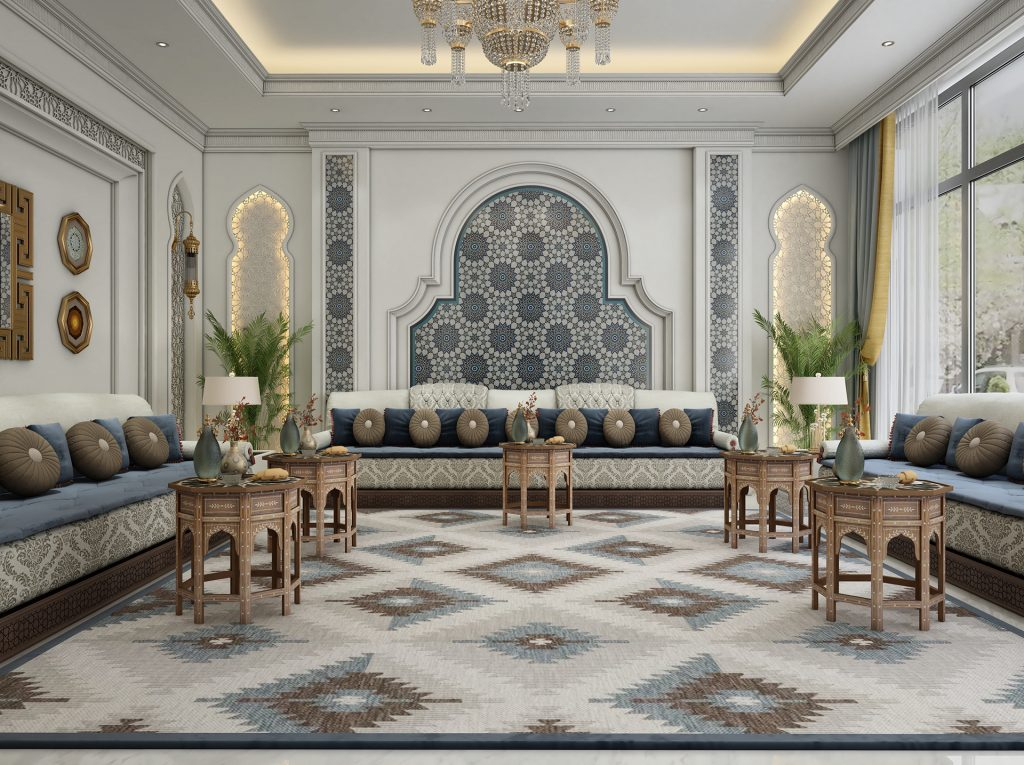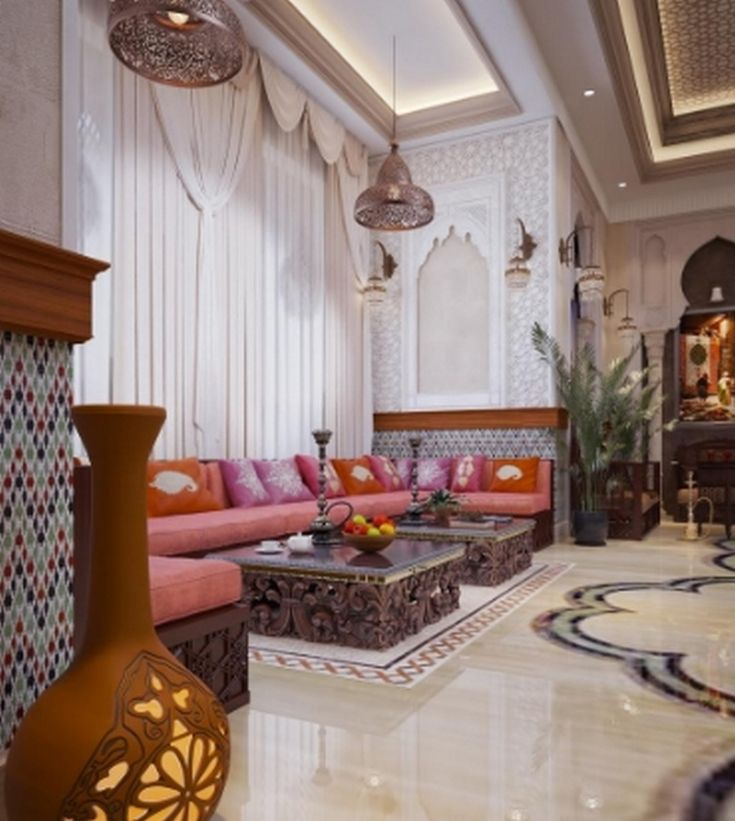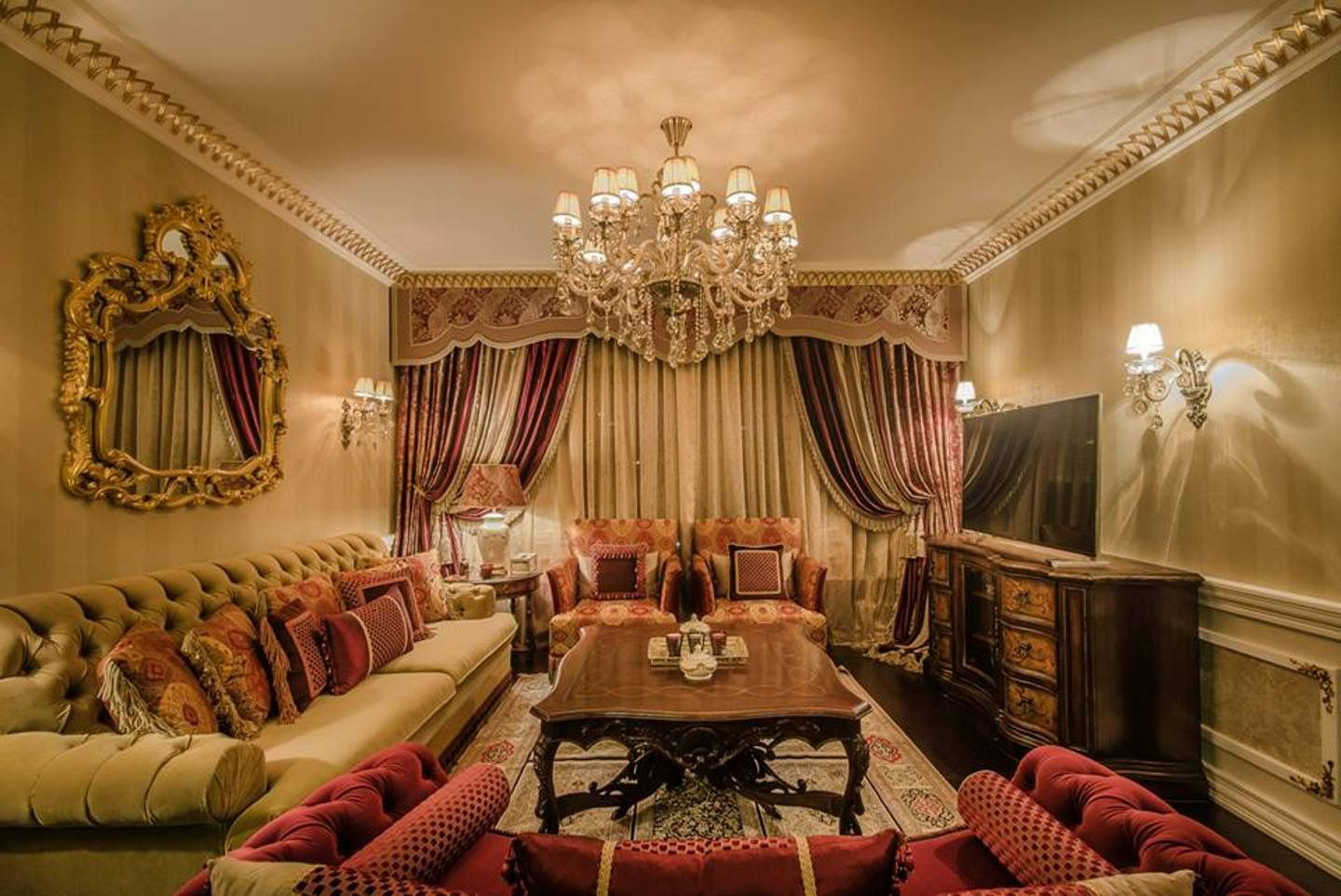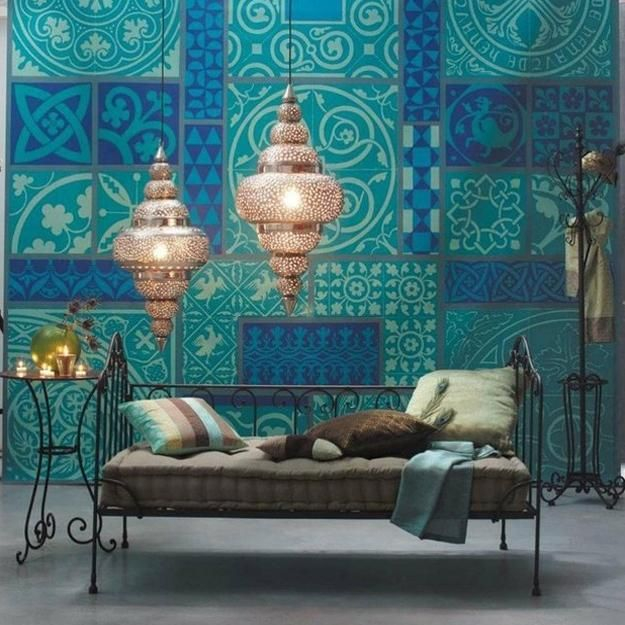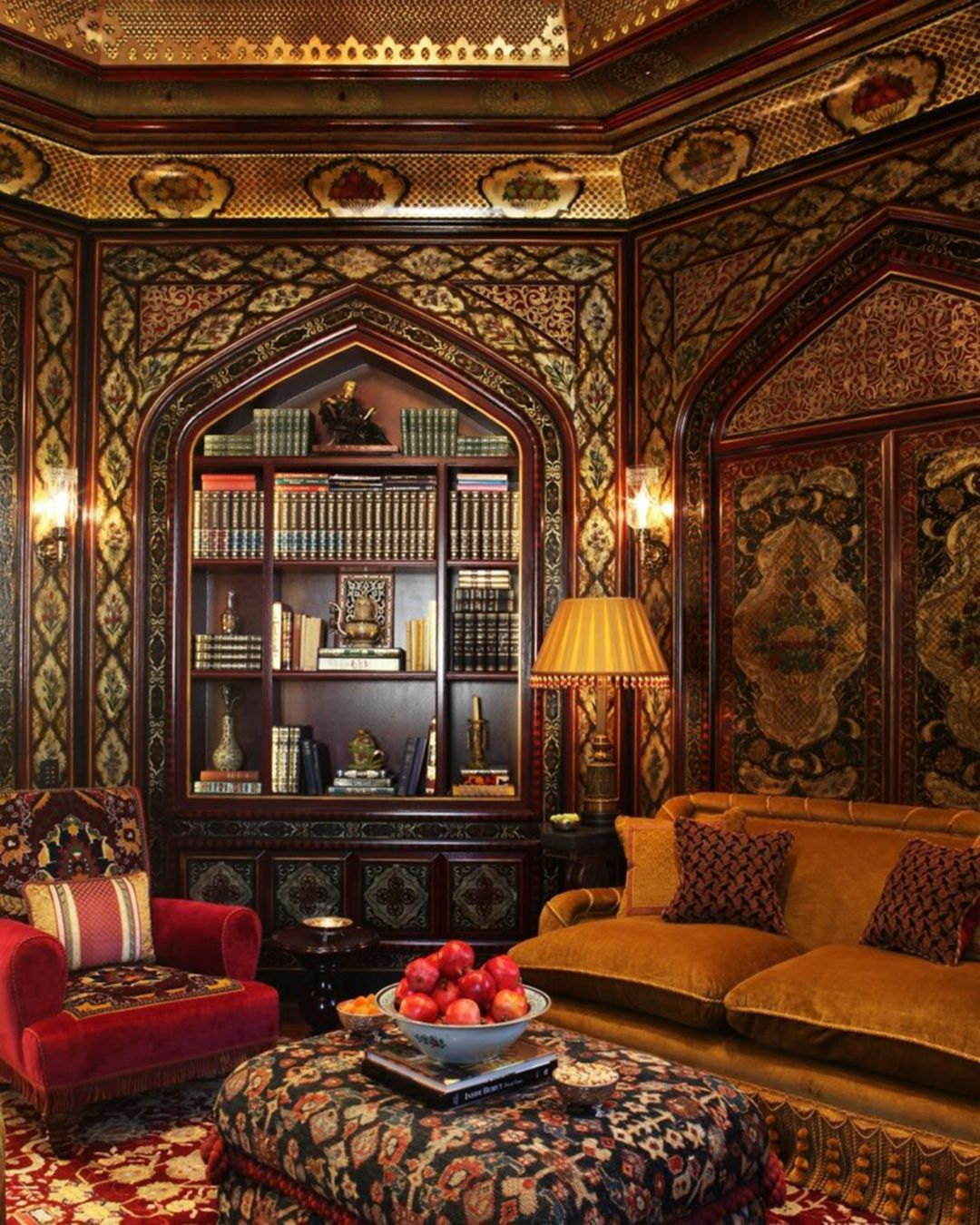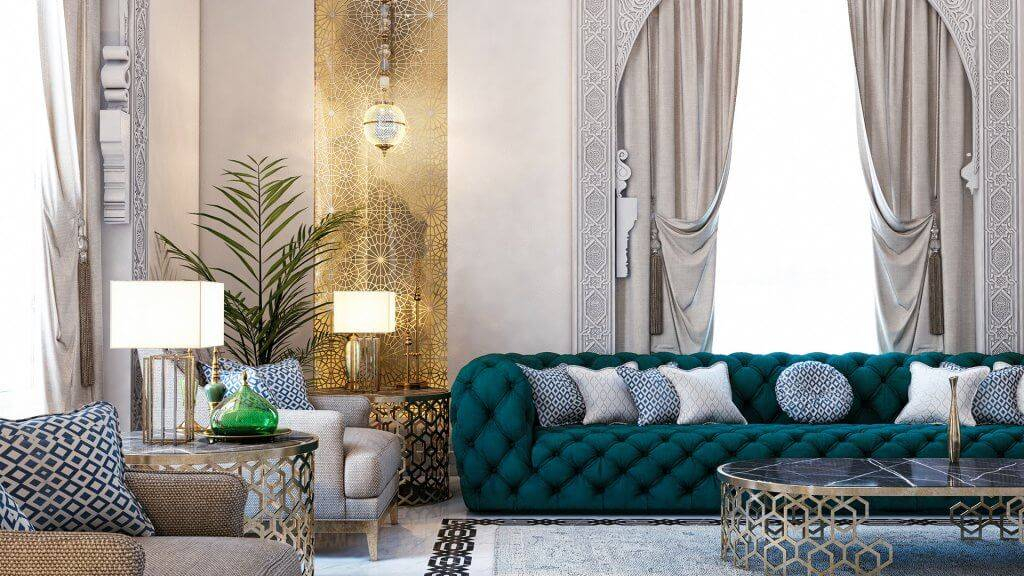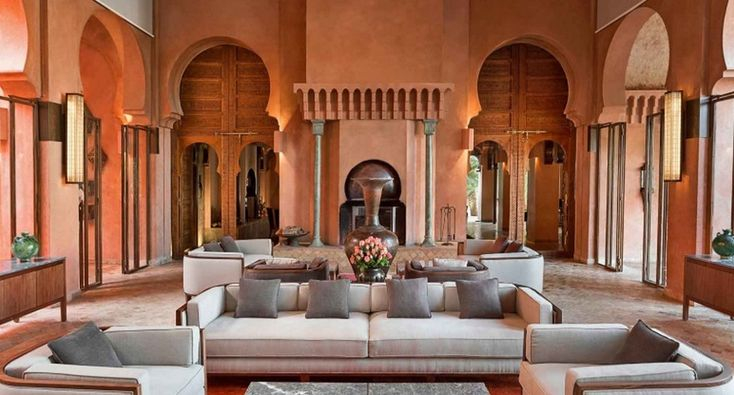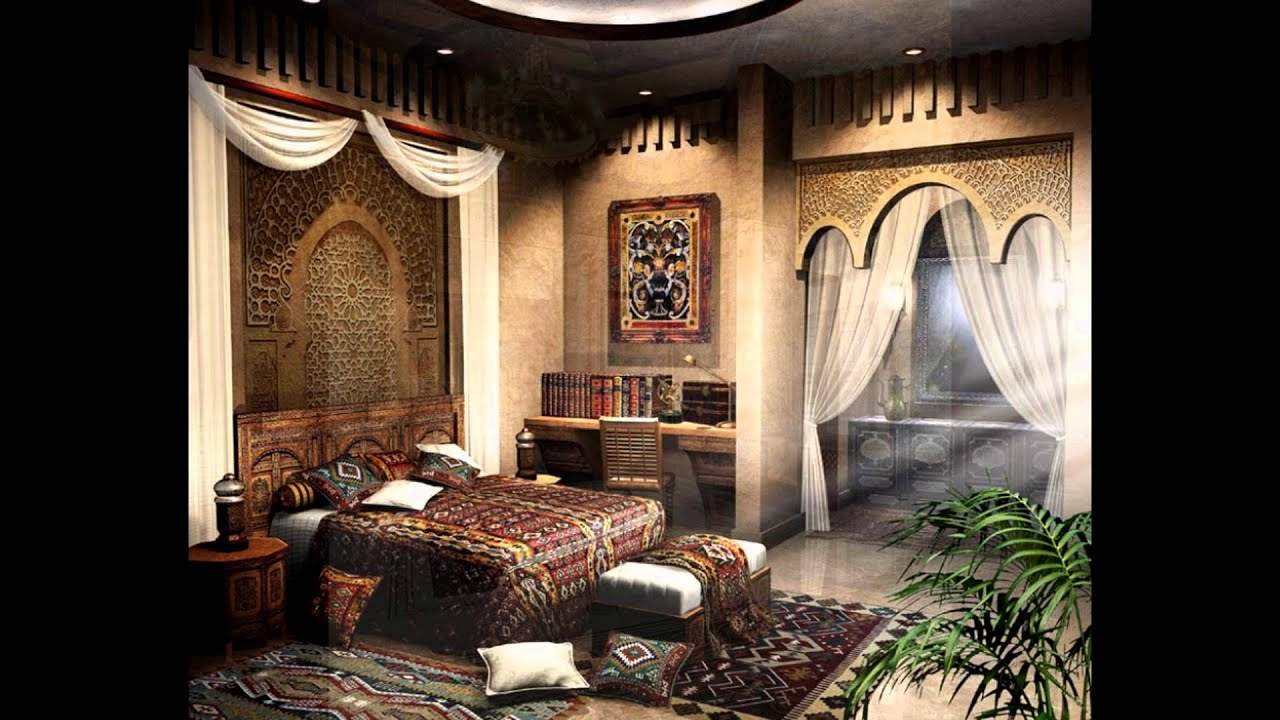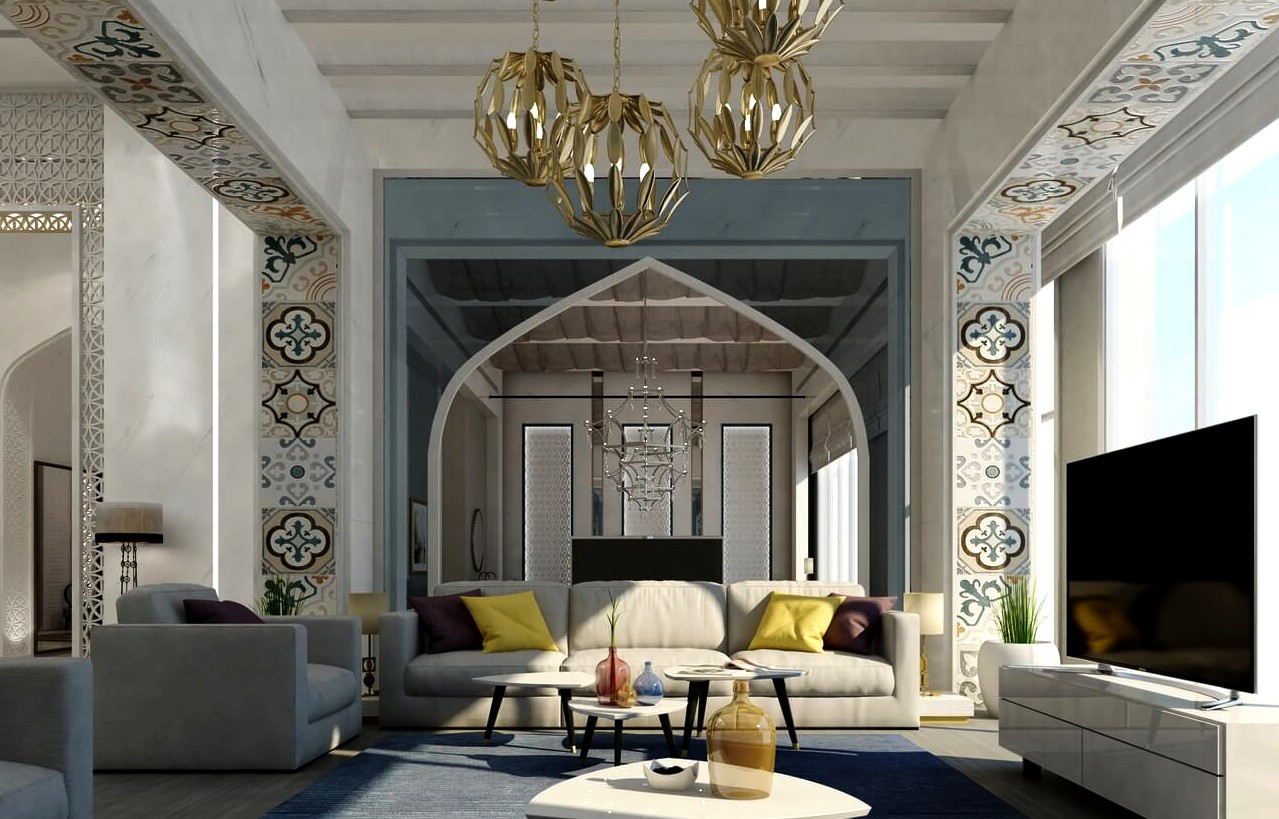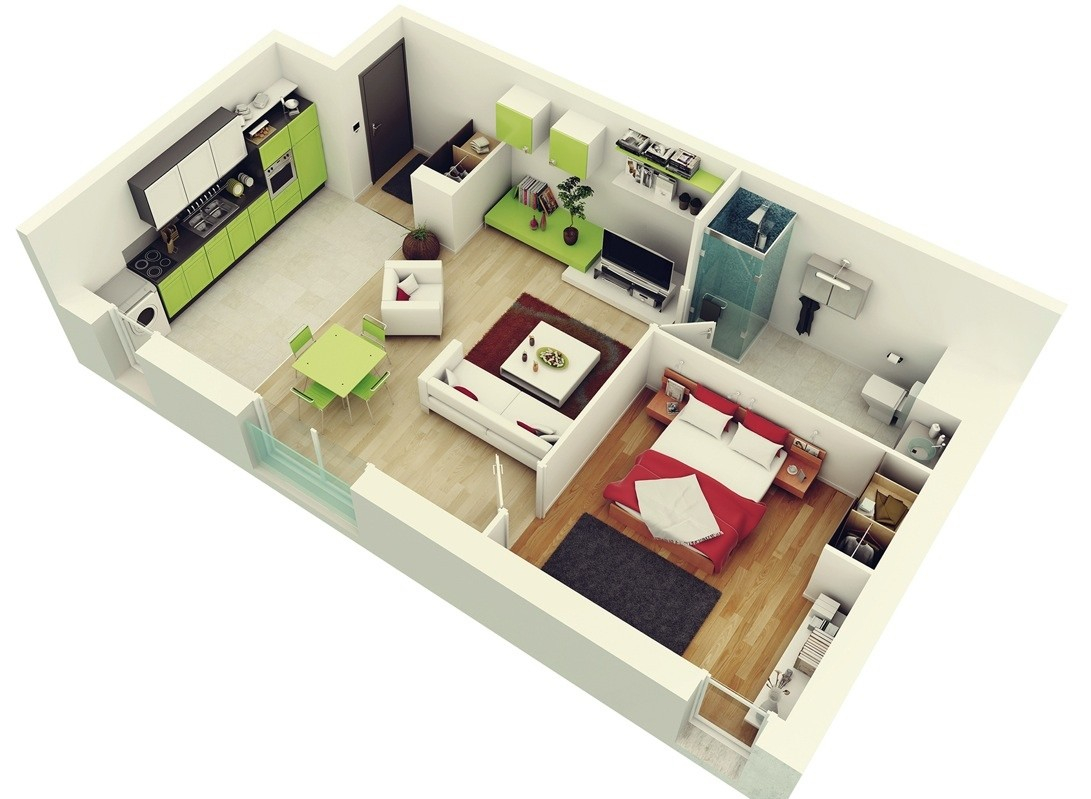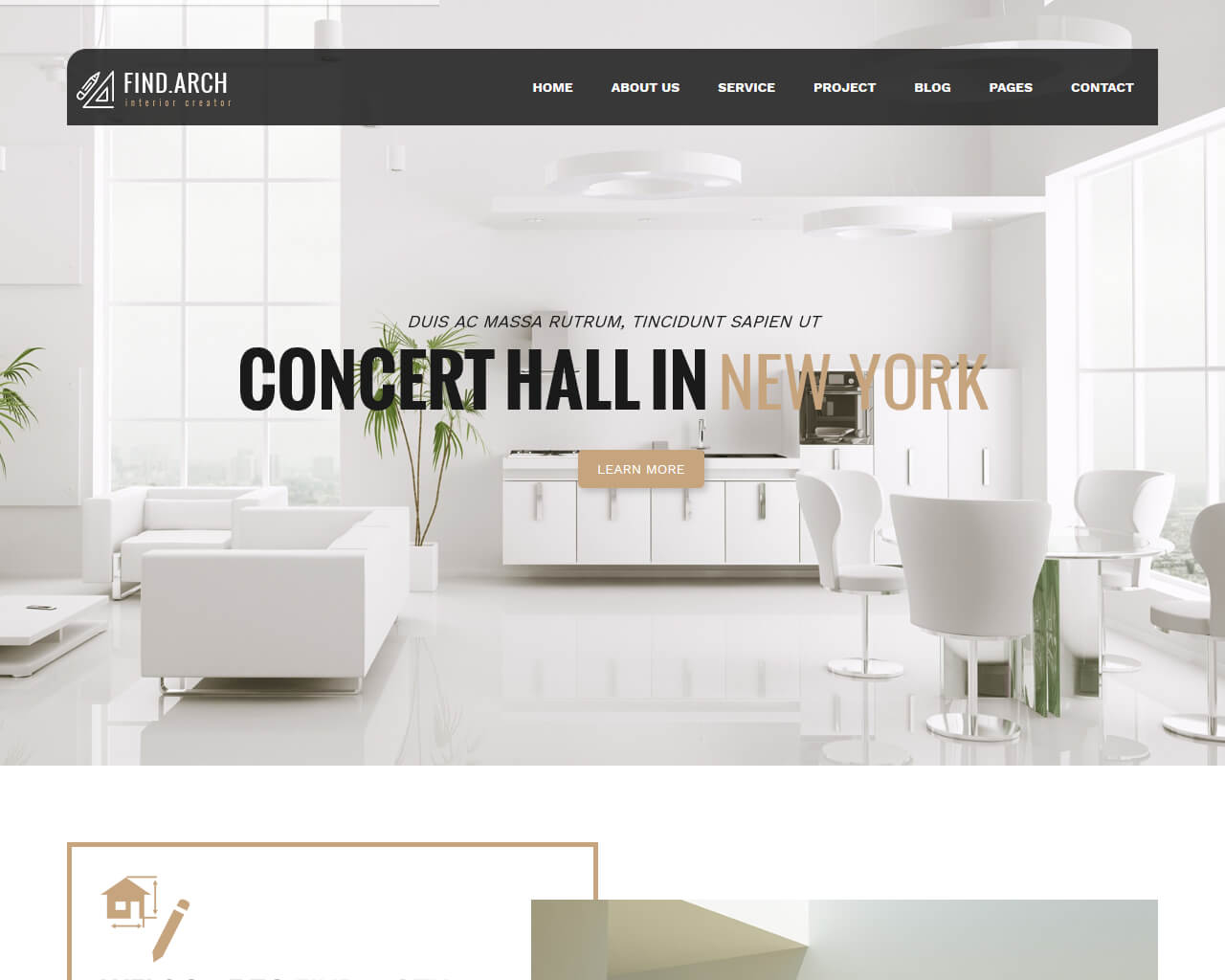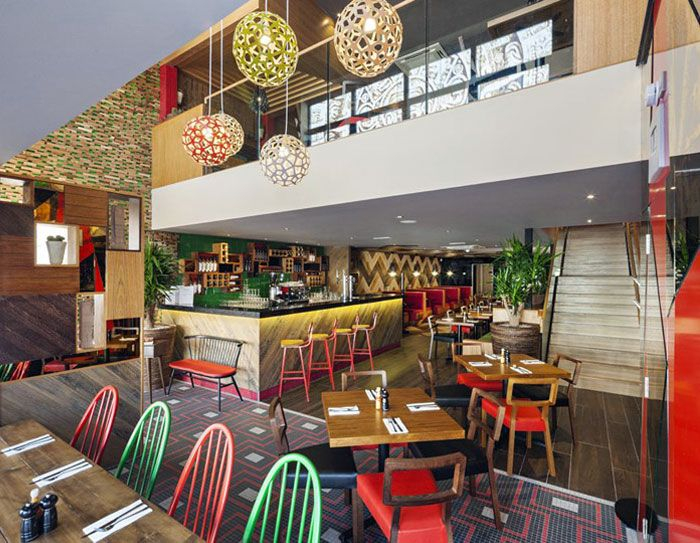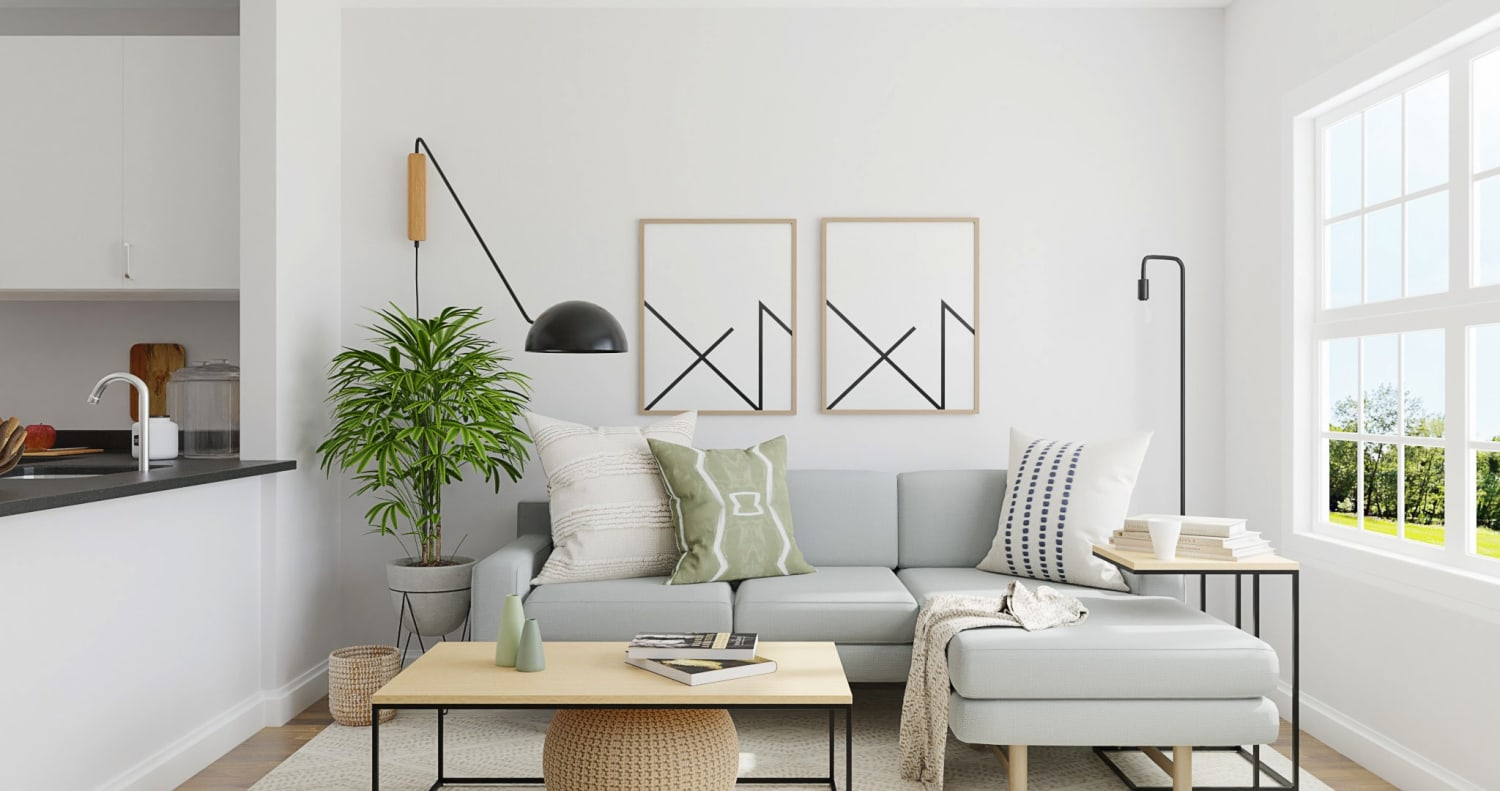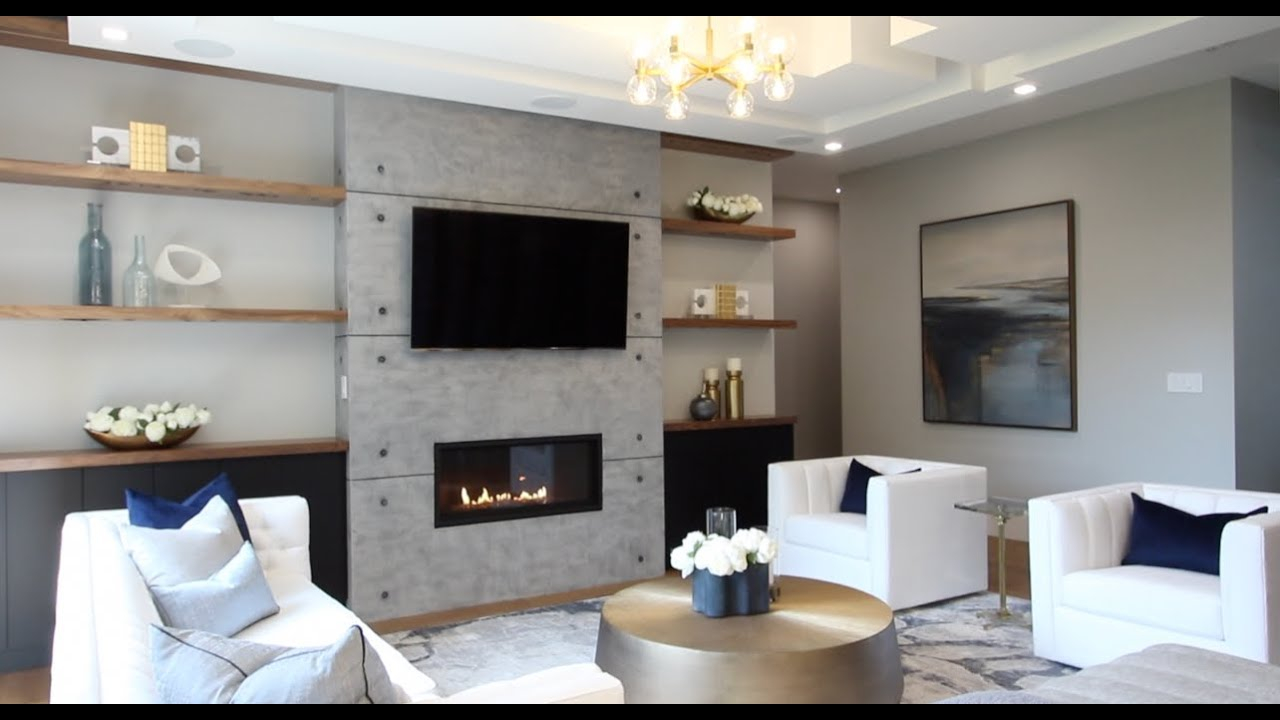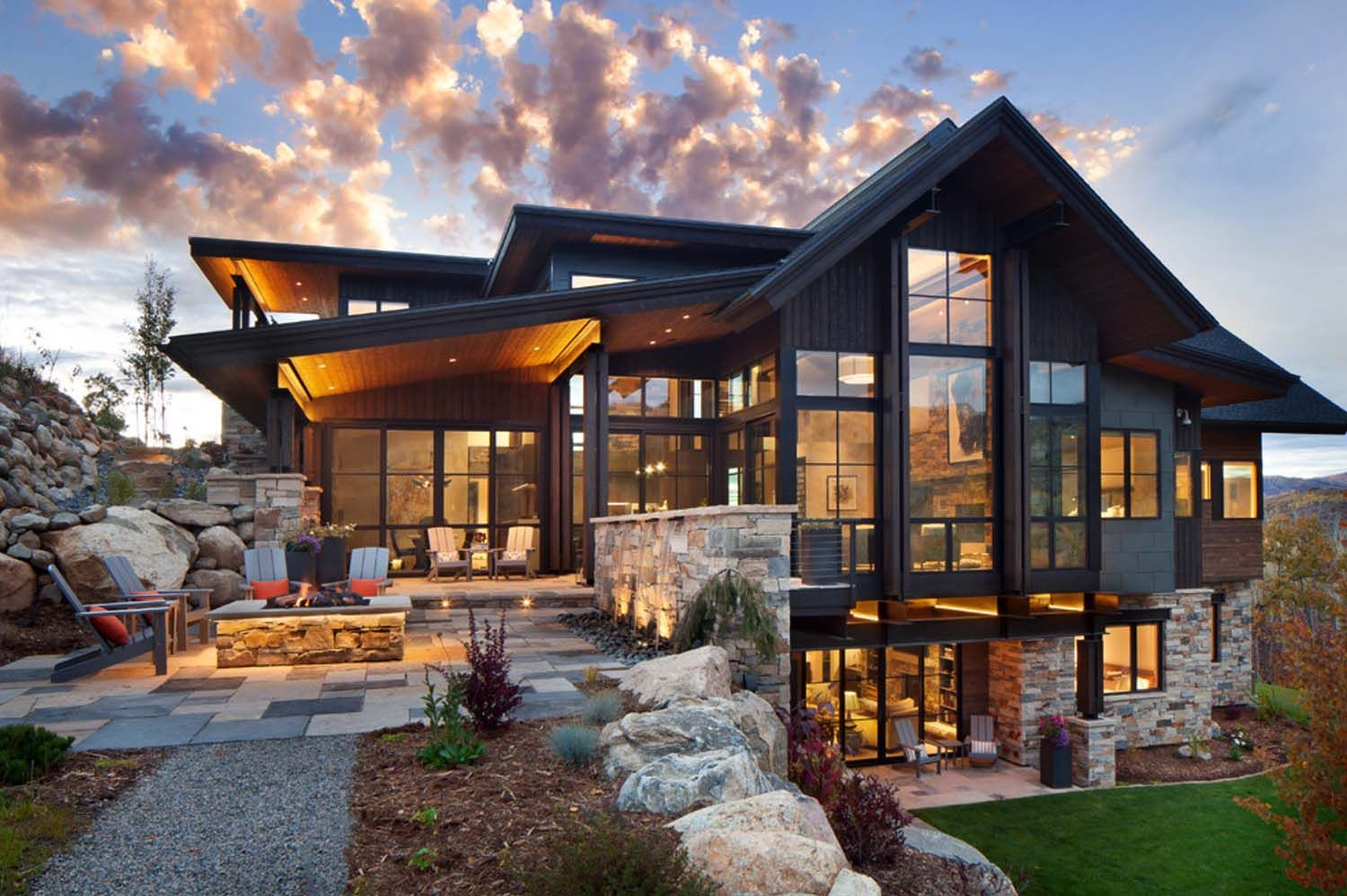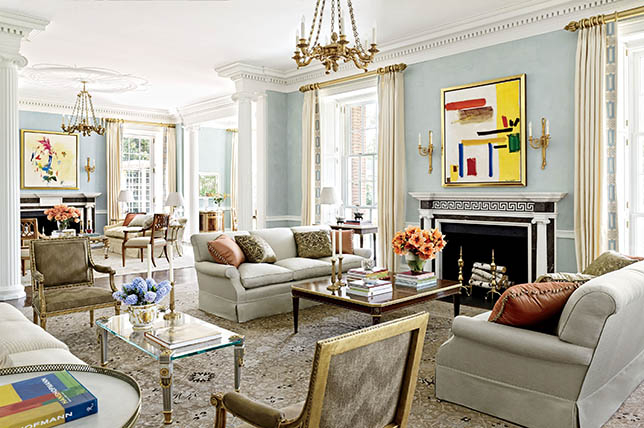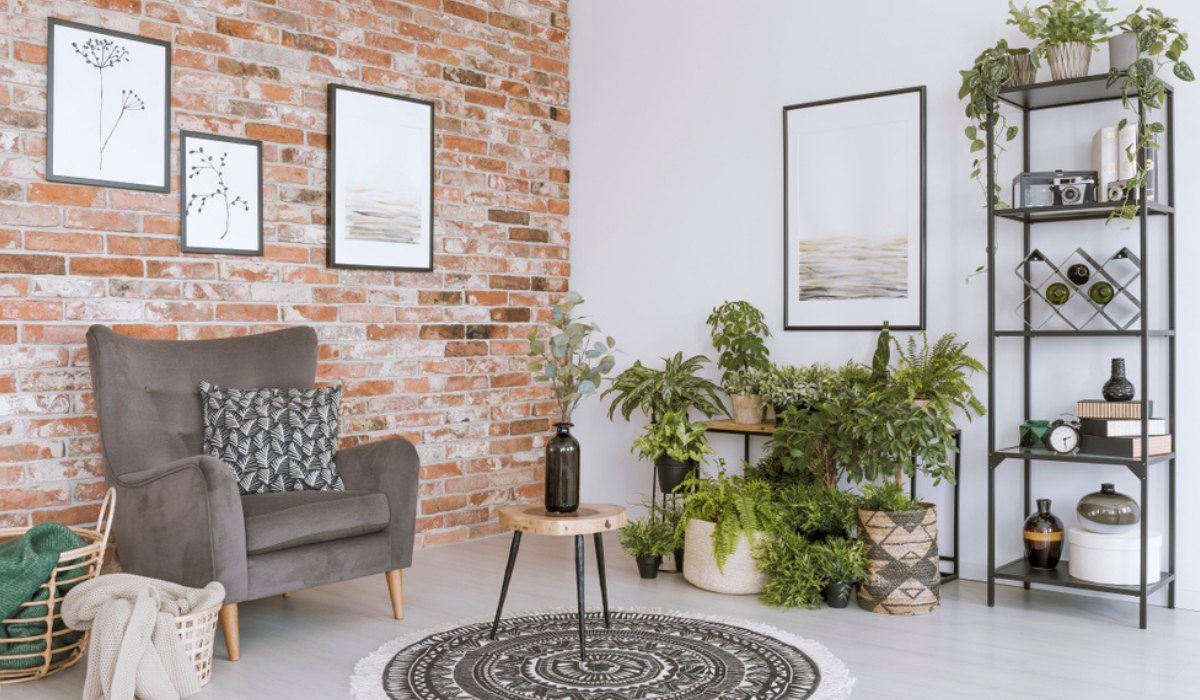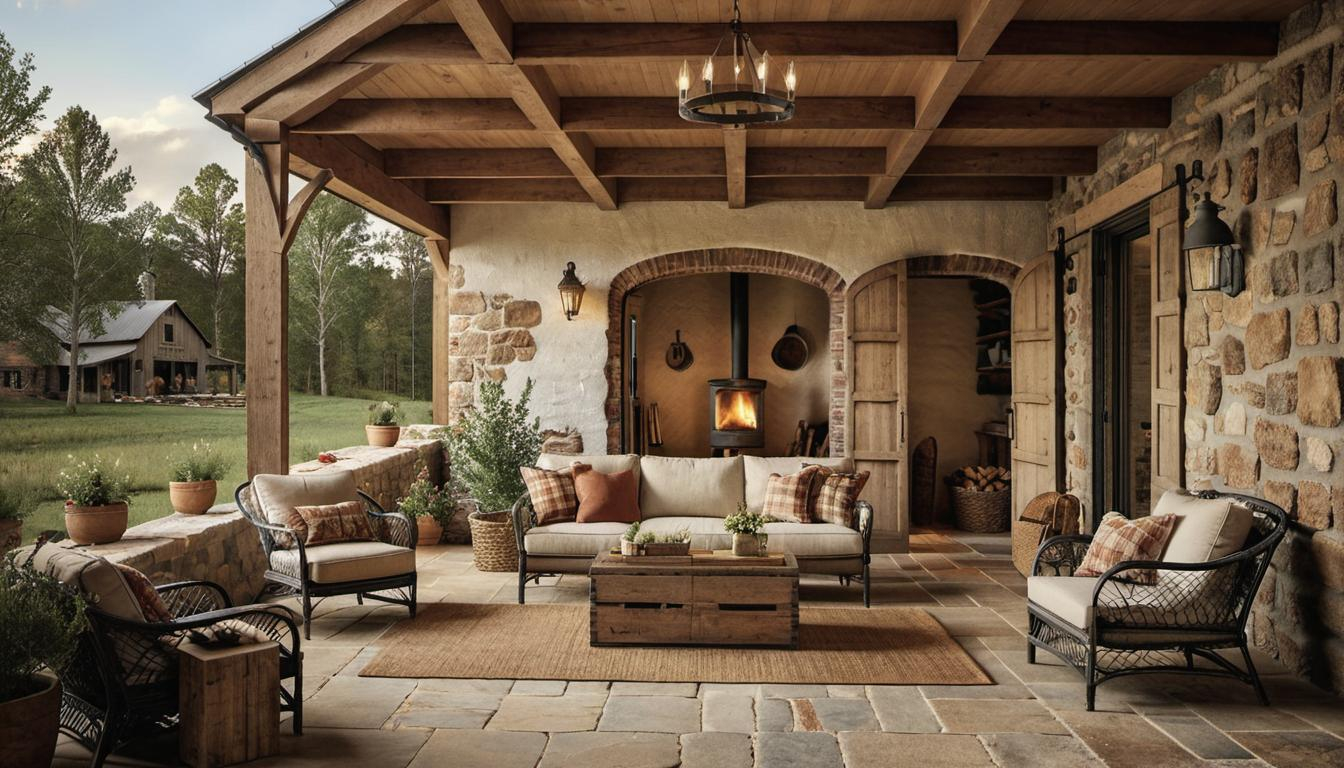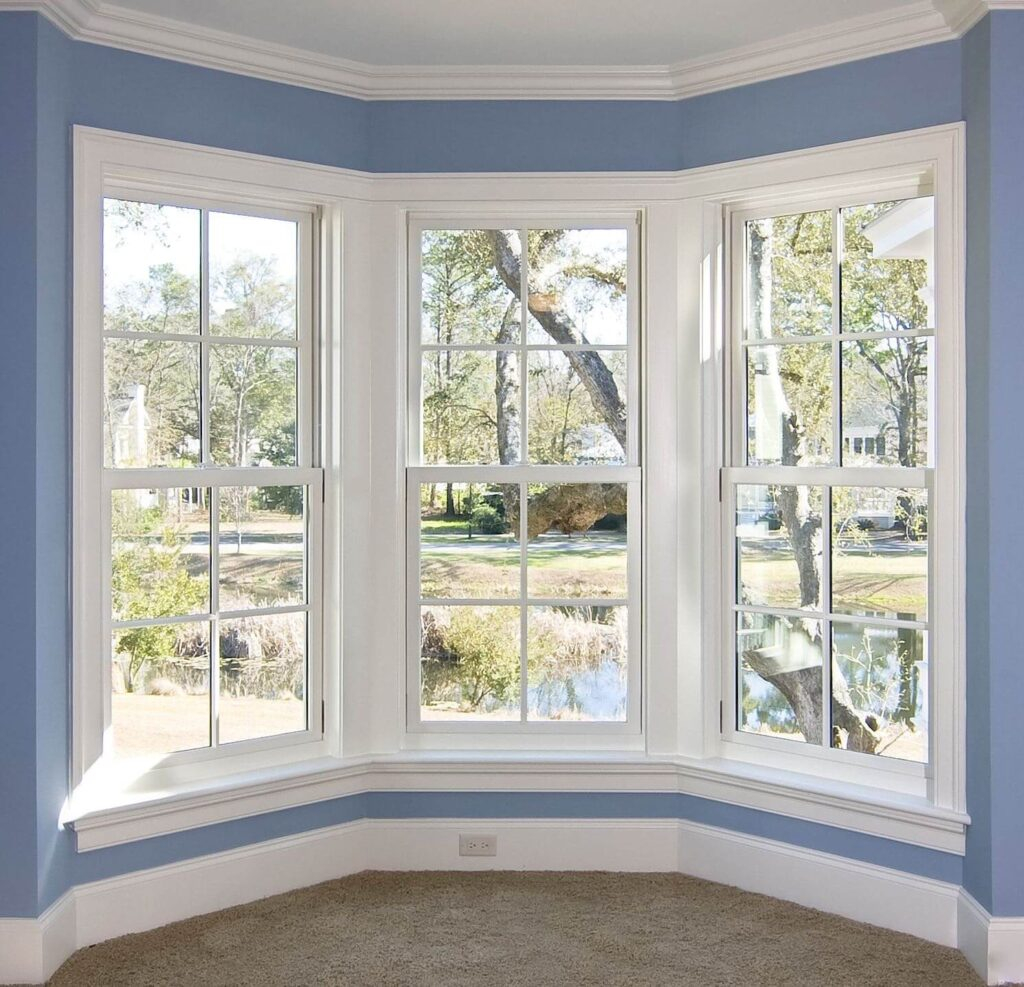Ever walked into a room and felt an instant sense of warmth, history, and intrigue? That’s often the magic of thoughtful layering, especially when it comes to the rich and vibrant world of Middle Eastern home decor. It’s not just about filling a space; it’s about telling a story, weaving together elements that speak of tradition, artistry, and a deep sense of hospitality. Let’s dive into how you can bring this enchanting aesthetic into your own living spaces.
Middle Eastern design isn’t a fleeting trend; it’s a timeless expression of culture and comfort. At its heart lies the principle of layering – a technique that adds depth, texture, and a feeling of lived-in luxury. Think of it as building a narrative, piece by piece, creating a sensory experience that draws you in. It’s about combining the old with the new, the soft with the structured, and the familiar with the exotic. This approach creates a home that feels both deeply personal and incredibly inviting. Ready to transform your space?
The Foundation: Rich Colors and Textures
The journey begins with a strong base. Middle Eastern palettes often draw inspiration from the natural world: the deep blues of the desert sky, the warm ochres of the sand, the rich greens of an oasis, and the vibrant reds of spices. Don’t shy away from bold hues. Consider a deep sapphire blue for an accent wall or a warm terracotta for your main living area. But it’s not just about color; texture is paramount. Think rough-hewn wood, smooth polished brass, intricately woven carpets, and the soft embrace of velvet or silk cushions. These contrasting textures create visual interest and a tactile richness that invites touch and exploration. Imagine a plush Beni Ourain rug over a distressed wooden floor, or a hammered metal lantern casting intricate shadows.
The Heart of the Home: Textiles and Soft Furnishings
This is where the soul of Middle Eastern layering truly shines. Textiles are abundant and varied. Start with a magnificent rug – perhaps a Persian or Turkish design with intricate patterns and a story to tell. Then, layer cushions and throws onto sofas and floor seating. Mix and match fabrics like velvet, silk, embroidered cotton, and even Kilim. Don’t be afraid to pile them on. Drape a richly patterned throw over the arm of a sofa, arrange an assortment of cushions in varying sizes and textures, and consider floor poufs for extra seating and visual appeal. Think of it as creating cozy nooks that beg you to relax and linger. The more layers, the more inviting the space becomes.
Architectural Elements and Details
Beyond soft furnishings, architectural details play a crucial role. Look for elements that evoke the region’s rich history. Arched doorways and windows, intricate tilework (like Zellige or geometric patterns), and carved wood screens (mashrabiya) can instantly transport your space. Even if you can’t alter your architecture, you can bring these elements in through decorative pieces. Consider a beautifully carved wooden screen as a room divider, or decorative ceramic tiles as a backsplash or accent on a piece of furniture. These details add a sense of authenticity and depth, connecting your home to a broader cultural heritage.
The Glow of Light: Creating Ambiance
Lighting is an art form in Middle Eastern design, and layering light sources is key to creating that magical, inviting ambiance. Move beyond a single overhead light. Incorporate a variety of lamps: ornate floor lamps with intricate metalwork, pendant lights with colored glass or intricate cutouts, and smaller table lamps that cast a warm, diffused glow. Candles also add a beautiful, flickering warmth. Think about strategically placing these light sources to create pools of light and shadow, highlighting specific features and adding a sense of intimacy and mystery. The goal is a soft, ambient glow, not harsh, bright illumination.
Decorative Accents: The Finishing Touches
The final layers are the decorative accents that bring personality and character to your space. These are the pieces that tell your personal story and echo the region’s artistic traditions. Hand-painted ceramics, intricate metal trays, decorative bowls filled with spices or potpourri, and ornate mirrors all contribute to the layered look. Don’t forget the power of personal touches – family heirlooms, travel souvenirs, or pieces that hold sentimental value. These elements, when thoughtfully placed amongst the broader design, make your home uniquely yours. Consider displaying a collection of antique brass teacups or a beautifully inlaid wooden box on a shelf.
Bringing It All Together: Balance and Harmony
While layering is about abundance, it’s crucial to maintain a sense of balance and harmony. It’s a delicate dance between richness and clutter. Start with a few key pieces and gradually add more, stepping back often to assess how everything works together. Ensure there’s a cohesive color palette and a consistent theme running through your chosen elements. The goal is to create a space that feels layered and full, but not chaotic. Each piece should have a purpose and a place, contributing to an overall feeling of warmth, sophistication, and welcoming. Remember, it’s about creating a feeling, an experience for those who enter your home.
The art of layering in Middle Eastern home decor is a journey of discovery, an invitation to embrace richness, tradition, and personal expression. By thoughtfully combining colors, textures, textiles, lighting, and decorative accents, you can transform your home into a captivating sanctuary. It’s about creating a space that feels lived-in, loved, and full of stories. So go ahead, experiment, mix and match, and let your creativity flow. Your uniquely layered Middle Eastern-inspired haven awaits.

